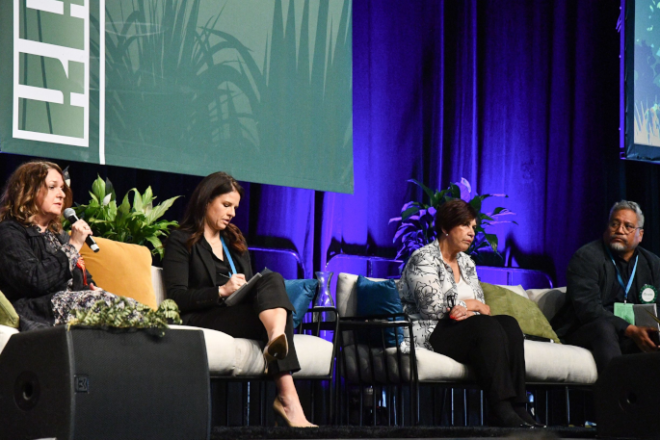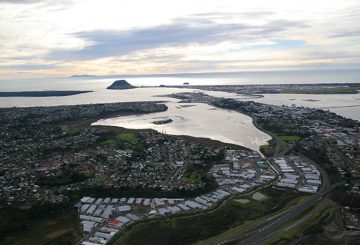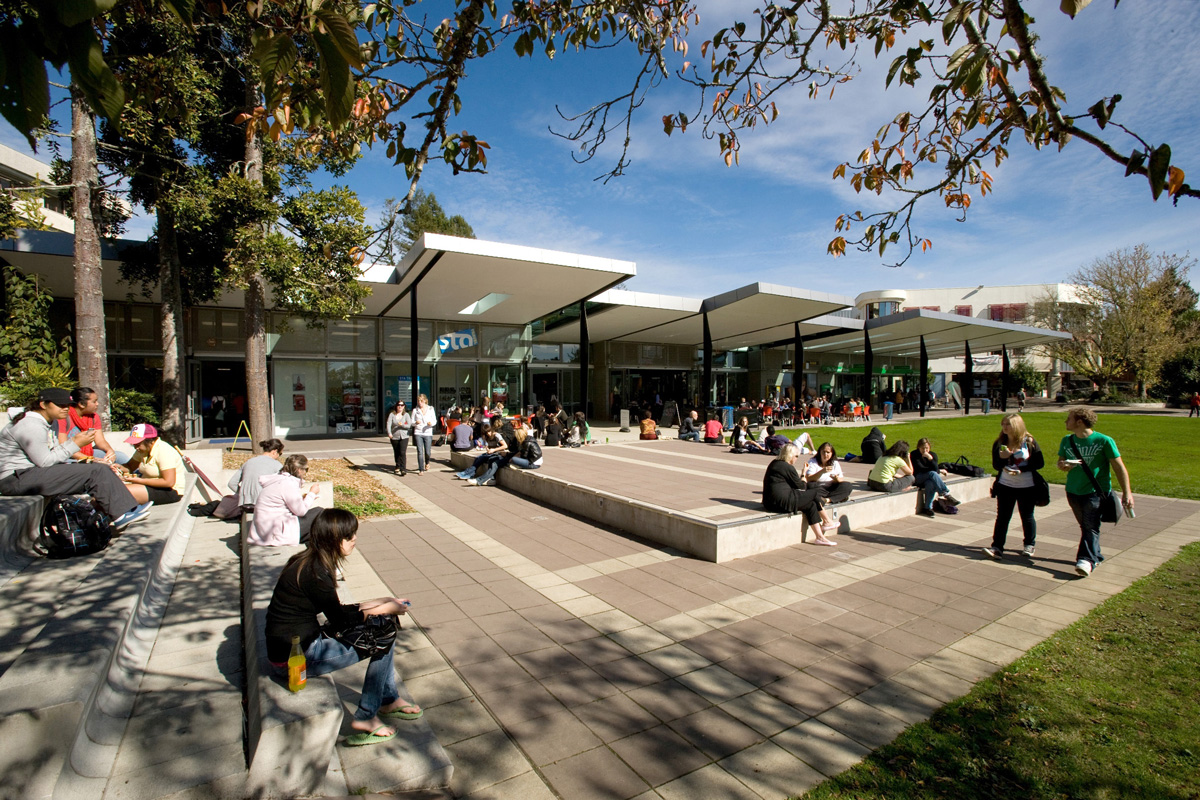Một giáo viên tiểu học từ Tauranga, Vanessa Millar, đã kêu gọi các chính trị gia tránh các cuộc tranh chấp chính trị, ví chúng như được sử dụng như một “quả bóng bầu dục chính trị”. Phát biểu tại hội nghị thường niên của NZEI Te Riu Roa ở Rotorua, Millar đã hỏi đại diện từ bốn đảng lớn về kế hoạch của họ để biến giáo dục thành một vấn đề hợp tác giữa các đảng phái, đã nhận được tràng pháo tay từ các nhà giáo dục có mặt.
Millar nhấn mạnh rằng các chính sách thường xuyên thay đổi và việc không có tầm nhìn chung sẽ gây bất lợi cho tương lai của trẻ em.
Jan Tinetti từ Đảng Lao động bày tỏ sự đồng ý của mình, nói rằng trẻ em là vô giá, và chính trị không nên can thiệp vào giáo dục. Erica Stanford của Đảng Quốc gia nhấn mạnh giá trị của các ý tưởng và tranh luận đa dạng trong lĩnh vực này.
Merepeka Raukawa-Tait của Te Pāti Māori tỏ ra hoài nghi về sự hợp tác giữa các đảng, trong khi Teanau Tuiono từ Đảng Xanh ủng hộ tình cảm của Tinetti, cho rằng nếu đủ đảng đoàn kết, có thể đạt được tiến bộ.
Chính sách giáo dục của các bên khác nhau:
- Đảng Quốc gia đặt mục tiêu cấm điện thoại di động trong trường học, nhấn mạnh các môn học cốt lõi, viết lại chương trình giảng dạy và giới thiệu kỳ thi xuất cảnh cho giáo viên.
- Đảng Lao động tập trung vào việc tiếp tục ăn trưa ở trường, bắt buộc biết chữ tài chính, bắt buộc các phương pháp giảng dạy cho các môn học cốt lõi và cung cấp các nguồn lực để giúp giáo viên với các quy định mới.
- Đảng Xanh ủng hộ việc chấm dứt phát trực tuyến lớp học, thử các mô hình quản trị trường học thay thế, dạy phổ quát te reo Maori và tikanga Māori, và thành lập một đơn vị Bộ để ưu tiên tiếng nói của trẻ em.
- Te Pāti Māori nhấn mạnh giáo dục kaupapa Māori, phân bổ một phần đáng kể ngân sách giáo dục cho các mô hình Māori, cấm trục xuất trường cho học sinh dưới 16 tuổi và miễn phí học việc.





























































